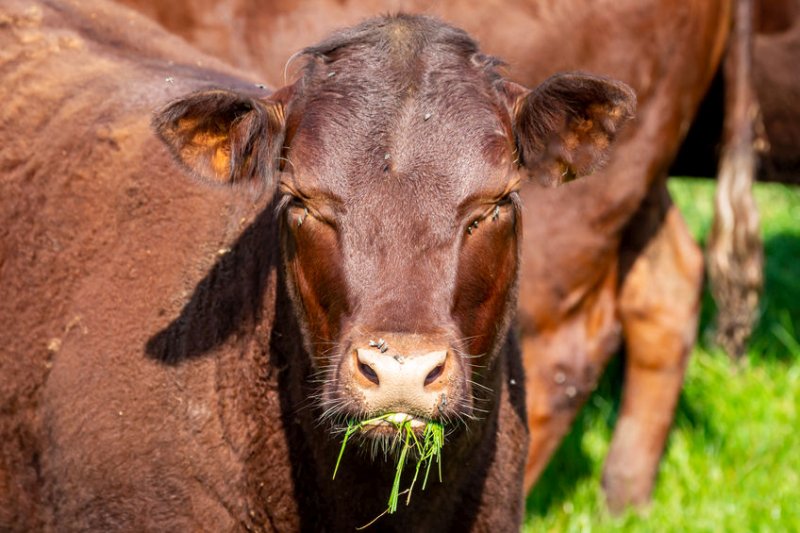
Thirteen cutting-edge grass and clover varieties have just been added to the 2025/26 Recommended Grass and Clover Lists, giving farmers fresh tools to boost yields and sustainability.
The latest additions include two white clover, one red clover, two Italian ryegrass and eight perennial ryegrass varieties.
These new entries aim to support farmers in boosting production efficiency while enhancing environmental and economic sustainability.
Each variety has undergone a minimum of six years of independent, rigorous trials across England and Wales, tested under both conservation and simulated grazing systems.
These trials evaluate key traits such as seasonal growth, total annual yield, metabolisable energy (ME), ground cover, winter hardiness and resistance to disease.
The varieties have been granted provisional recommended status after showing a clear performance advantage over existing entries.
They will be reassessed after five years, and, if they continue to excel, will move to full recommended status, subject to review every four years until superseded by more advanced alternatives.
Ellie Roberts is forage crop specialist at NIAB and coordinator of the RGCL trial programme on behalf of the British Society of Plant Breeders (BSPB).
She said: “The RGCL is a mechanism that challenges breeders to continue developing grass and clover varieties with increased forage yield potential, nutritional quality and nitrogen use efficiency
“With input from seed merchants, the lists can help farmers identify the best varieties and variety mixtures for specific farming systems, while considering growing conditions, animal nutritional requirements and economic efficiency.”
The RGCL 2025/26 handbook includes detailed technical information on each variety, as well as general guidance to help farmers optimise reseeding and maximise sward productivity.
To download the handbook or request a printed copy, visit the AHDB website.
